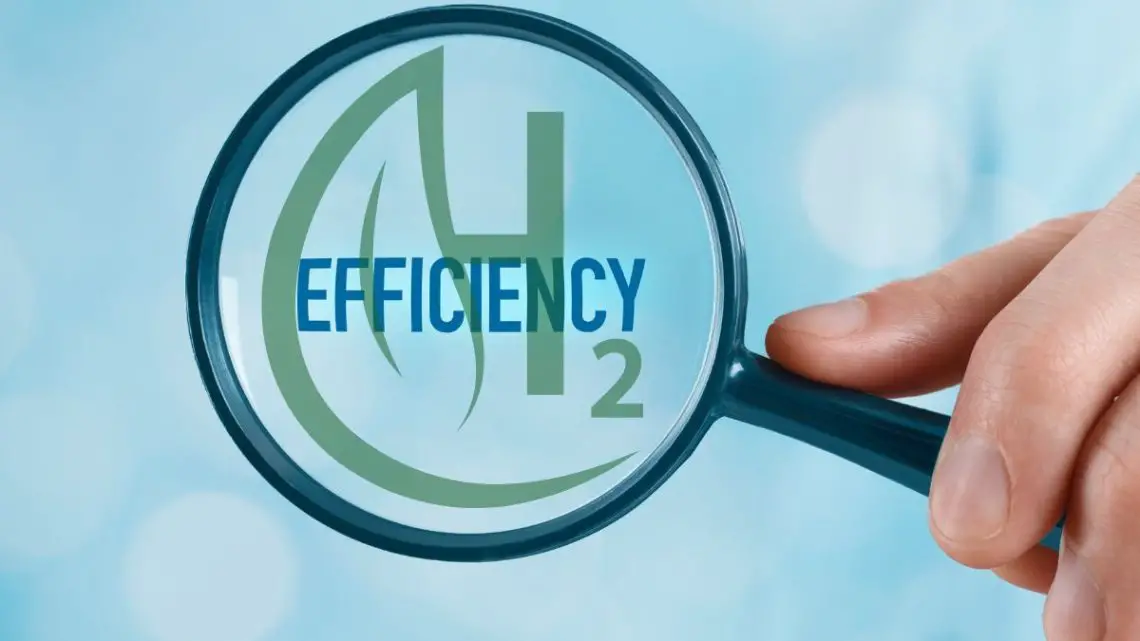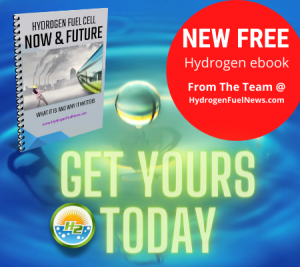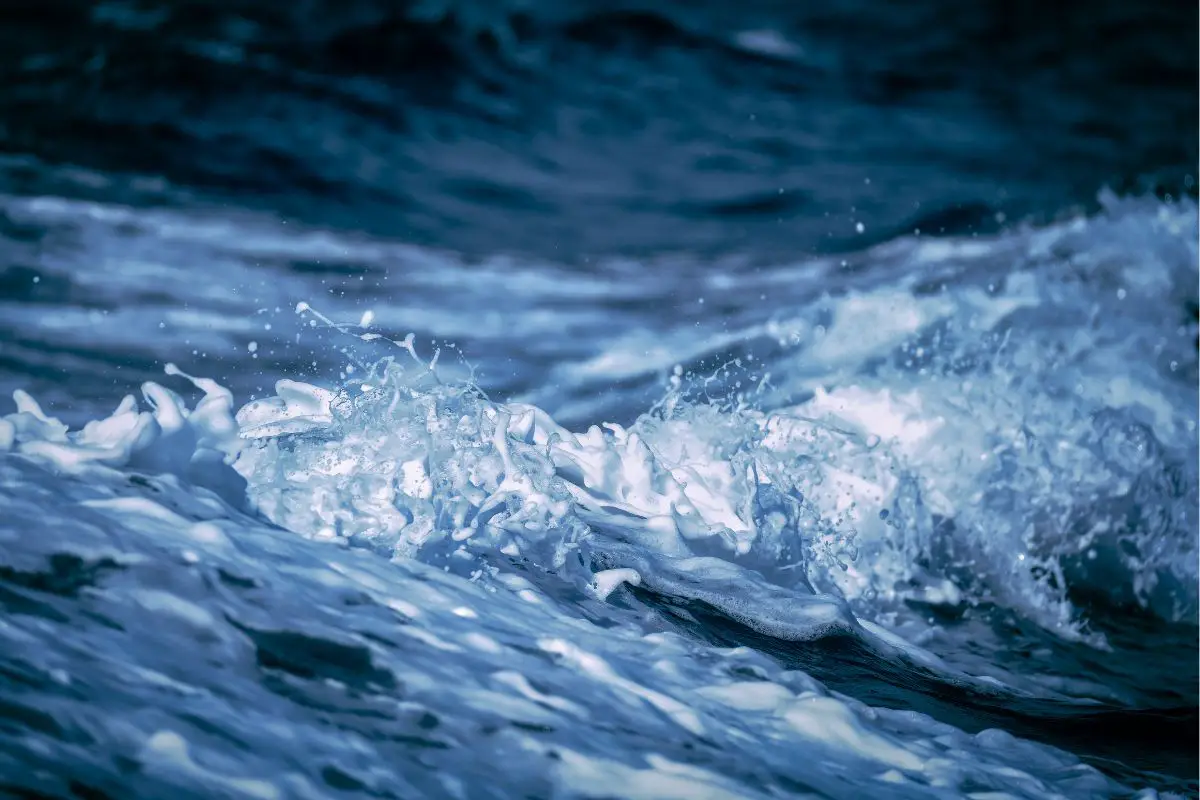
Researchers use sea water to produce green hydrogen at almost 100% efficiency
February 7, 2023The Adelaide University team found a way to cleanly make H2 without requiring fresh water.
Among the challenges to large scale production of green hydrogen has to do with the use of fresh water in electrolyzers. The reason is that many parts of the world are already facing fresh water supply challenges due to worsening droughts caused by climate change.
Sea water hasn’t been a viable option because the salt in the water is highly corrosive.
The corrosion causes expensive materials such as catalysts made from precious metals to degrade. This not only drives up the expense but also the environmental impact of the process. That said, the researchers claim that they have been able to produce green hydrogen using sea water and have achieved an efficiency rate of almost 100 percent.

“We have split natural seawater into oxygen and hydrogen with nearly 100 percent efficiency, to produce green hydrogen by electrolysis, using a non-precious and cheap catalyst in a commercial electrolyser,” explained Professor Shi-Zhang Qiao, project leader at the School of Chemical Engineering at the University of Adelaide.
The researchers’ key to making green hydrogen from sea water was a Lewis acid coating on the catalyst.
Researchers worldwide have been – and are currently – testing a range of different materials for use as catalysts. The majority of the most efficient options tend to be rare precious metals such as platinum, ruthenium and iridium. Some of the less expensive, non-precious materials used for catalysts are transition metal oxide catalysts such as cobalt oxide with a chromium oxide coating.
The researchers made a breakthrough in the use of sea water for producing renewable H2 when they added a layer of Lewis acid, which is a specific acid type, such as chromium(III) oxide, Cr2O3) on a catalyst made of a transition metal oxide. Not only did this make it possible to use less expensive and more available materials, but the process also proved to be highly effective, according to the researchers.
“The performance of a commercial electrolyser with our catalysts running in seawater is close to the performance of platinum/iridium catalysts running in a feedstock of highly purified deionised water,” said Associate professor Yao Zheng of the University of Adelaide.
“We used seawater as a feedstock without the need for any pre-treatment processes like reverse osmosis desolation, purification, or alkalisation,” added Zheng in an explanation of how the sea water was not required treated so that it was usable to make green hydrogen, as would be the case using existing methods.
“Current electrolysers are operated with highly purified water electrolyte. Increased demand for hydrogen to partially or totally replace energy generated by fossil fuels will significantly increase scarcity of increasingly limited freshwater resources,” said Zheng.
The research was published in the Nature Energy journal.



 HFN News is your leading source for fresh hydrogen and renewable energy updates. Amid the fast-paced growth of hydrogen companies, we provide top-notch news and insights about this exciting sector. Our coverage spans from hydrogen cars to global sustainable initiatives, and we highlight the latest in green jobs and developing hydrogen hubs. We invite you to share your local hydrogen news and explore today’s renewable energy job listings on our site. Thanks for choosing HFN News as your trusted guide to the hydrogen and renewable energy world!
HFN News is your leading source for fresh hydrogen and renewable energy updates. Amid the fast-paced growth of hydrogen companies, we provide top-notch news and insights about this exciting sector. Our coverage spans from hydrogen cars to global sustainable initiatives, and we highlight the latest in green jobs and developing hydrogen hubs. We invite you to share your local hydrogen news and explore today’s renewable energy job listings on our site. Thanks for choosing HFN News as your trusted guide to the hydrogen and renewable energy world!
Given that such tech can or is communalized this is truly a game changer. Patenting of the tech is important and licenses issued means replication in other countries eliminated the need for bulk transportation.
The essence of H2 extraction is that anybody can do it anywhere.
A very disruptive concept…
I would like to see an estimate of the cost per 1,000 gallons of obtaining fresh water by this process.
Water is a byproduct of using hydrogen in a fuel cell to produce electricity, so there is no cost. Apollo astronauts drank the water from the fuel cells powering the spacecraft.
I would like to sea it too. lol
Hi
So impressed about hydrogen fuel and your sea water technology I would like to learn more about it and possibility to use it in the near future.
Success
Sincerely yours
Jose Lopes